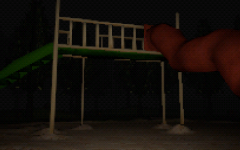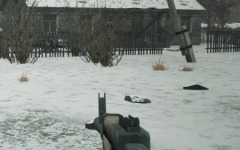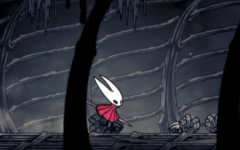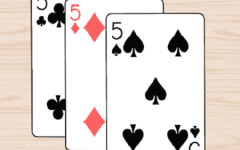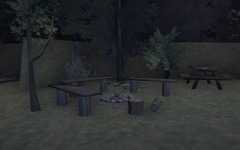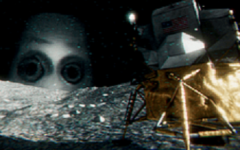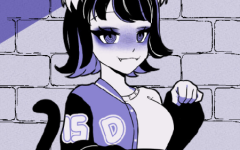Advertisement
Kpop Demon Hunters 2
Advertisement

Kpop Demon Hunters 2 expands the events of the first chapter, following HUNTR/X after their victory against the first wave of demonic influence. Fame has now turned them into international icons, but their duties as hunters continue in secret. The balance between global recognition and hidden responsibility becomes the focus of their new journey. The group’s tour serves as both performance schedule and cover operation as they trace the next phase of demonic activity spreading through major cities.
Operation And World Design
The game structure divides each chapter into two modes—public engagement and field missions. Public engagement includes training, concerts, and media management, where choices affect reputation and access to information. Field missions involve tracking, reconnaissance, and combat using rhythm-based systems adapted from the group’s performance mechanics. Every decision, from song choice to mission route, contributes to how each member evolves and how their relationships change under external pressure.
Gameplay Sequence And Core Objectives
The main system in Kpop Demon Hunters 2 progresses through an interconnected chain of actions:
- Organize tour logistics and maintain group coordination
- Collect intelligence from event venues and fan interactions
- Uncover traces of demonic corruption within each city
- Engage in hybrid combat that combines rhythm precision with tactical positioning
- Strengthen the team by managing rest periods and communication
These objectives connect performance strategy with direct mission outcomes, making both aspects equally necessary for success.
Character Growth And Tension
HUNTR/X faces new internal conflict as leadership decisions divide the team. One member becomes focused on fame, while another questions whether their secret work should remain hidden from the world. Meanwhile, a new rival group appears, manipulating media coverage to mask their connection to demonic forces. The story develops through missions that test loyalty and coordination, forcing the player to manage personalities as carefully as combat strategy.
Concept And Message
Kpop Demon Hunters 2 studies how structure and identity function under exposure. The sequel replaces secrecy with visibility, showing how control becomes more complex when the entire world is watching. Through its mix of scheduling, resource management, and rhythmic combat, the game links art and duty as parts of one process. Success depends on maintaining harmony between image and intention, where every performance doubles as an act of defense.























































































































